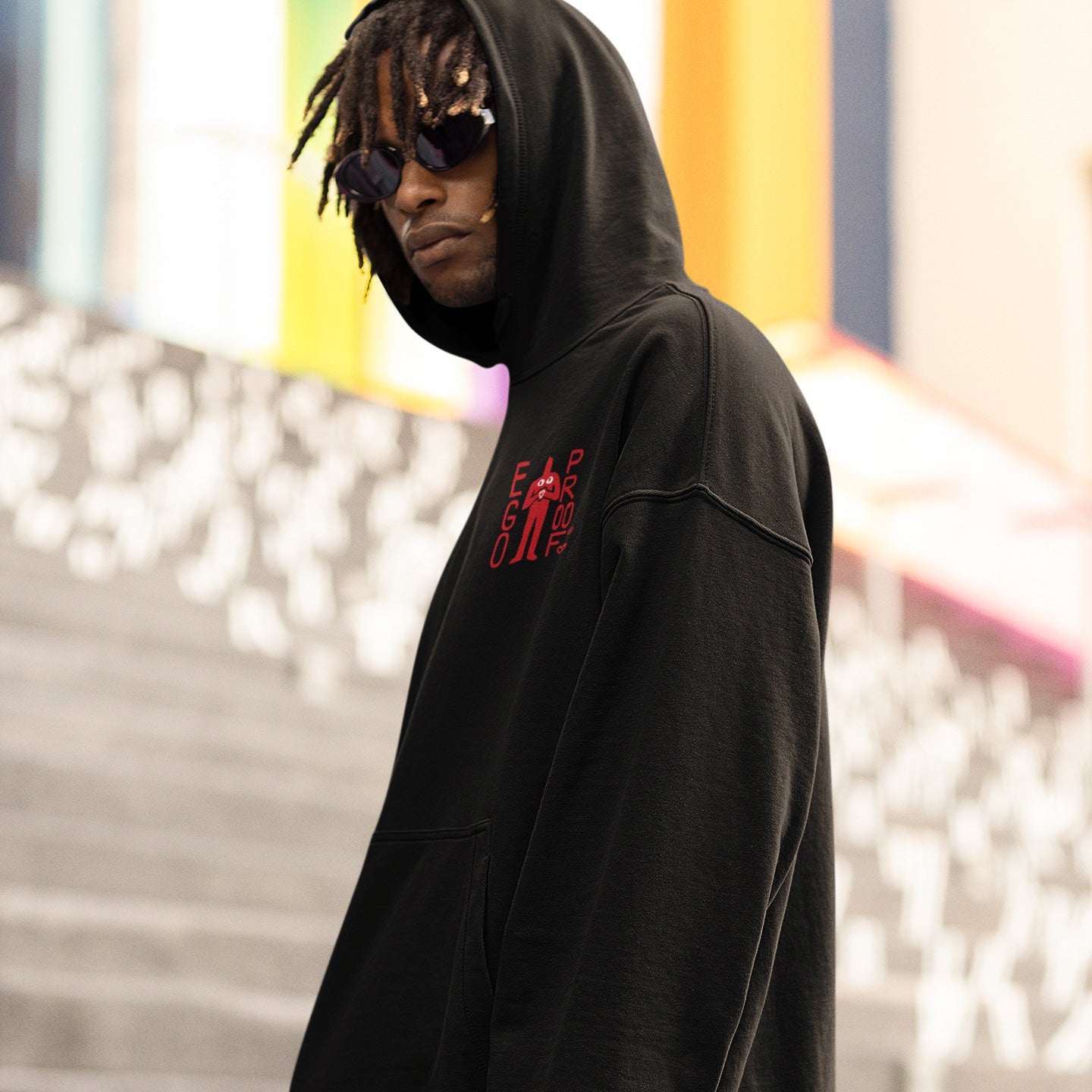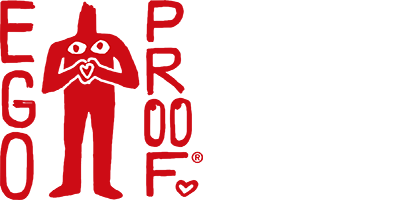
How has art influenced fashion?
Share
How has art influenced fashion? Art has always influenced fashion. The last one is a form of art that allows you to express yourself, changing your clothes depending on your feelings. From the earliest civilizations, both fashion and mural or painting artists have made their works based on or inspired by each other.
Art and fashion have been intertwined for a long time now.
One of the earliest examples can be seen in Egyptian civilization. Egyptians believed that clothes were a way to demonstrate social status, and they depicted gods and goddesses wearing elaborate garments.
These images then inspired fashion designers, who incorporated Egyptian motifs into their designs.
Do you want to know more about art and fashion? Keep reading!
Early influences
In the Middle Ages, art and fashion were closely linked once again. By that time, fashion was heavily influenced by religious art. Fashion designers were constantly creating long, flowing robes and pointing shoes. This trend continued into the Renaissance when artists began to depict human bodies in more realistic ways.
How artists changed their pieces also changed the way fashion designers worked. Now, the body was seen more realistically, leading fashion designers to create more flattering and form-fitting clothes.
This was called medieval clothing.
19th century
This century had a large number of movements that made a big impact on the fashion industry. The Romantic movement is the perfect example. It represented individualism and emotion. Inspired by this movement, fashion designers started to create more flowing and relaxed types of dresses. The color pink was also predominant in the romantic style.
ArtArt Nouveau also had a big influence on the fashion industry. It was known for the use of characteristic shapes and patterns. Fashions associated with this style, even nowadays, helped dress gain its formal acceptance into the world of decorative art. It means "New Art." It made its way through the end of the 19th century and the beginning of the 20th century.
The 20th century
This century saw even more movements influencing the fashion industry—for example, the Cubist and surrealist movements. We'll explain a bit more about both of them.
Cubist movement
Cubism's essential role in art and fashion has been recognized for many years. It has been seen through the works of Pablo Picasso, Georges Braque and others.
Cubism and fashion were deeply intertwined during this century. Fashion designers were inspired to make more glittery and elegant dresses in the teens and twenties.
Brands like Chanel, Vionnet, and Poiret joined this movement, creating amazing styles representing Cuban culture as you can see, this culture and way of living greatly impacted fashion.
Cubism continues to inspire fashion designers even to the present. Their art is colorful and full of life, making designers create different clothing pieces that represent joy, usually with vivid colors.
Surrealist movement
Since its inception in the 1920s, surrealism has captivated the fashion world in a great way. Elsa Schiaparelli and Salvador Dali's collaboration was very fruitful, producing some of the most treasured garments of the century. Schiaparelli's iconic dress was one big design.
It was called 'Lobster Dress' and a tribute to their everlasting collaboration. It consists of a silk white evening dress with a crimson waistband. But the most iconic part of the dress was a lobster on the crotch painted by Dalí, for whom the aphrodisiacal crustacean was the pinnacle of sexuality.
The status of the dress quickly scaled when Cecil Beaton was photographed wearing it for Vogue shortly before her marriage to Edward VIII.
Surrealism is a dreamlike and theatrical aesthetic and has been a great inspiration for fashion designers throughout the decades.
21st century
Since the 21st century began, art and fashion have become even closer. There are a lot of art pieces and movements that have inspired fashion as we know it since the 2000s and as we know it right now.
Fashion designers are constantly looking to art for inspiration. At the same time, artists are often inspired by the latest fashion trends. This cross-pollination of ideas has led to innovative and groundbreaking designs.
Alexander McQueen
One of the biggest examples of this is the designer Alexander McQueen, who has been heavily inspired by the artworks of Francis Bacon and Damien Hirst, among others. He often included their pieces in his designs. As a result, his designs were trendy and demanded for his creativity and innovation.
His fashion shows were shocking and controversial, but most importantly, they also helped push the boundaries of fashion, making it more exciting and relevant.
Yayoi Kusama
Yayoi Kusama is another artist who has been relevant during this century for using fashion to inspire her artworks.
She's known for her use of polka dots and repetitive patterns. She has also collaborated with many fashion designers to create clothing that incorporates her signature pieces.
The result has been genuinely eye-catching and beautiful and also very unique designs.
The relationship of art and fashion is a long and complex one. Over the centuries, as we mentioned above, artists and fashion designers have inspired each other in countless ways. And it continues to be like this nowadays.
Art has inspired different types of fashion trends, including in streetwear. Don't believe us? The most basic example is graffiti-based clothing. Many streetwear brands have incorporated graffiti lettering into their designs.
In addition, streetwear is also influenced by pop culture and, obviously, hip-hop. Even though it has evolved and doesn't look like hip-hop, it still has some inspiration.
Street art is what mostly inspired streetwear. It's a different type of art than the ones we mentioned earlier. But we've talked about it before. And this is just one of the basic examples.
Wanna have amazing and rad clothes? Remember, you can buy them at EGOPROOF - see you on the next blog!

